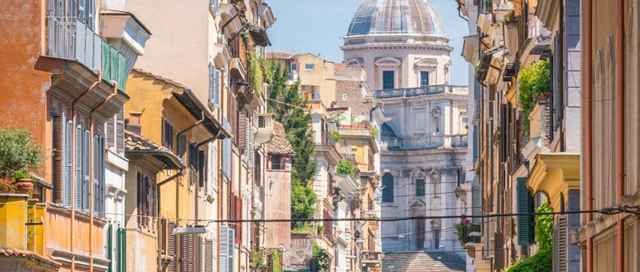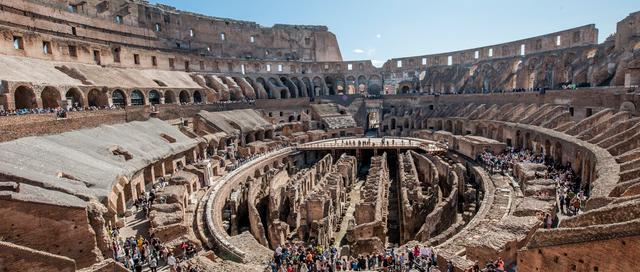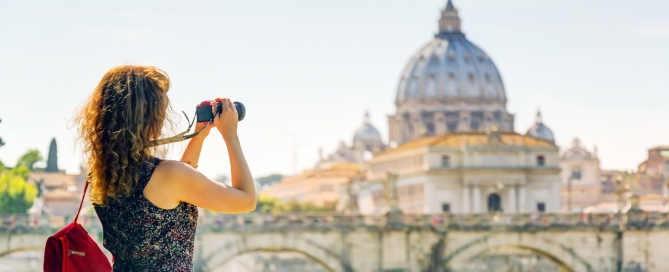Explore Rome’s Magnificent Churches
With over nine hundred churches in the eternal city, there is so much history, art, and stunning architecture to explore. Pilgrims, tourists, and locals visit Rome’s churches to observe some of the most magnificent artworks, treasures, and architecture ever created.
World-renowned artists such as Michelangelo, Bernini, Caravaggio, and Raphael, to name just a few, have created magnificent masterpieces that are displayed in basilicas across the city. Filled with sculptures, paintings, frescoes, mosaics, and other types of art and religious artifacts, churches have become so much more than just a place of worship.
As well as the well-known, awe-inspiring churches such as the Saint Peter’s Basilica, there are also many smaller, less ornate historic churches in the capital hosting an abundance of artworks.
We are delighted to offer small group guided tours of some of these beautiful architectural masterpieces. All our tours respect the regulations imposed due to the Covid-19 pandemic. As a business, we ensure all our staff and visitors wear masks and maintain social distancing measures.
Our experienced tour guides have an incredible knowledge of the city and the churches. This month our tour guide Ilaria will lead small group tours exploring the Church of Santa Maria ai Monti on February 21st and the Church of Sant’Ignazio on February 28th. There are just a few spaces remaining on each tour, so if you would like to join us, contact us now.
Church of Santa Maria ai Monti on February 21st
This 16th and early 17th-century one-nave temple is a parish and titular church in the Monti neighborhood of Rome. Best known for the ‘Madonna and Child‘ fresco, the ceiling features paintings by Cristoforo Casolani of the Ascension of the Lord, saints, and angels. Architect Giacomo Della Porta created the design. Construction started in 1580, with this design being an example of the transition between Renaissance and Baroque architecture.
Church of Sant’Ignazio on February 28th
This Baroque church built by Cardinal Ludovisi between 1626 and 1650 was built in honor of St. Ignatius Loyola, founder of the Jesuit order. Inspired by the Church of Gesu, the design features a Latin cross plan with various side chapels. The nave ceiling is a ‘must-see’ with an incredible fresco by Andrea Pozzo that covers the nave.
Rome’s churches all have a story to tell. If you enjoy history and understanding more about art and architecture, you will enjoy one of our small group guided tours of some of the most beautiful churches in Rome. With just a few spaces left on these tours, contact us now to book your place.
For all our tours, including the Vatican tours and our walking tour of Rome focusing on the art of Caravaggio check out our website.






















































Recent Comments